Imagine a world where the sun barely rises, the air crystallizes into frost, and the landscape is perpetually swathed in a blanket of snow. This is not a scene from a fantasy novel, but a reality for the inhabitants of the world’s coldest cities.
From the frostbitten heart of Siberia to the ice-laden streets of Alaska, these cities stand as testaments to human resilience and adaptation in the face of extreme weather. In this article, we will journey through the 10 coldest cities on Earth, exploring not just their frigid temperatures but also the unique lifestyles, cultures, and attractions that define them.
The 10 Coldest Cities In the World
1. Norilsk, Russia
Location and Climate
Deep in the heart of Siberia, Norilsk is often shrouded in darkness, with temperatures plummeting to bone-chilling lows. This Russian city, one of the northernmost in the world, experiences an extreme subarctic climate. Winters here are long and brutally cold, with temperatures averaging around -30°C (-22°F), but they can drop as low as -50°C (-58°F).
Lifestyle and Adaptation
Living in Norilsk is a testament to human adaptability. The city’s architecture is designed to withstand the harsh climate, with buildings insulated against the cold and interconnected by a network of underground passages. The residents, hardened by the relentless cold, have developed a unique lifestyle. Winter sports, indoor community activities, and a robust social scene keep the spirits warm even when the world outside is frozen.
Unique Attractions
Despite its extreme climate, Norilsk has a charm of its own. It’s home to fascinating industrial architecture and rich cultural history, reflecting its development during the Soviet era. The city’s isolation has fostered a strong sense of community and culture, visible in local theaters, art galleries, and museums.

2. Yakutsk, Russia
Location and Climate
Yakutsk, laying claim to the title of the world’s coldest major city, experiences a harsh continental climate. With winter temperatures averaging -40°C (-40°F), it’s a place where even the air seems to freeze. Located in the Republic of Sakha, Yakutsk is a study in extremes, facing not only bone-chilling winters but also surprisingly warm summers.
Winter Lifestyle
Life in Yakutsk revolves around coping with the cold. Buildings are built on stilts to prevent thawing permafrost from destabilizing them. The residents dress in fur and layers to combat the cold, and vehicles are kept running to avoid engine freeze. Despite the extreme weather, life thrives with outdoor markets operating even in the coldest months, showcasing the resilience of the human spirit.
Cultural Significance
The city’s culture is deeply intertwined with its climate. Traditional festivals celebrate the endurance and strength required to survive in such a harsh environment. The Ysyakh festival in summer is a stark contrast to the long winter, featuring sports, dance, and feasting, symbolizing the triumph of warmth and life over the cold and dark.
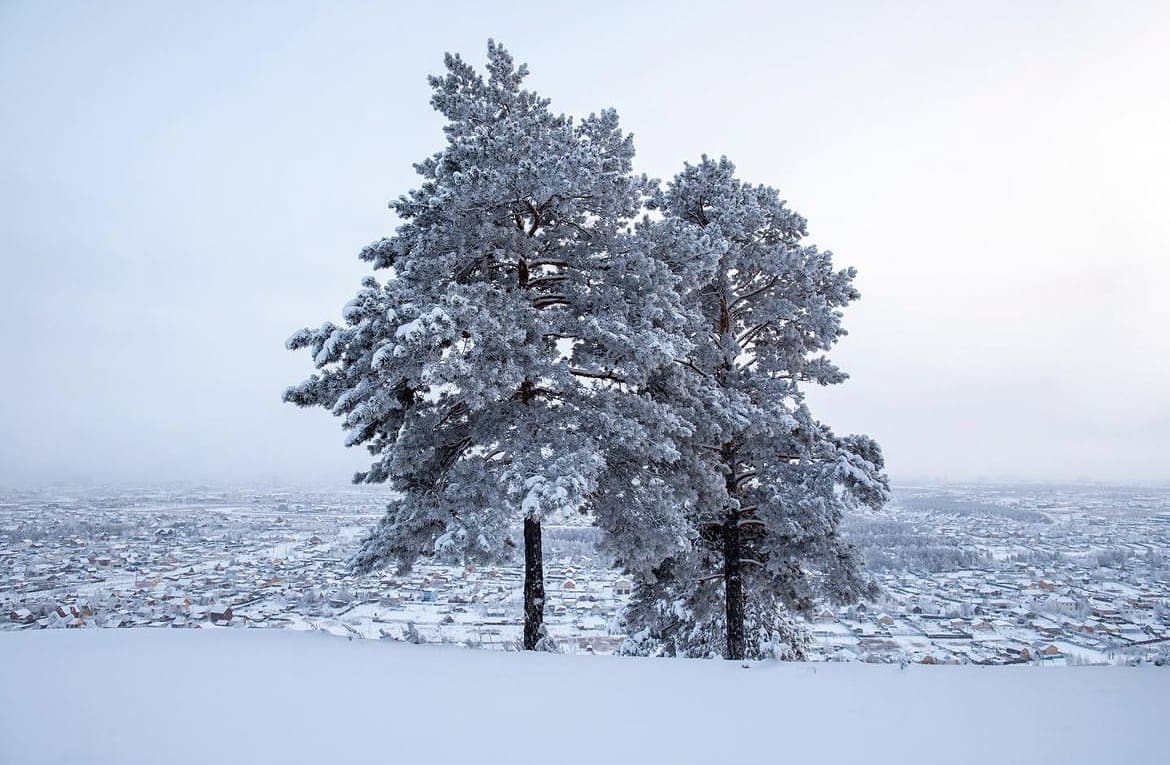
3. Barrow (Utqiaġvik), Alaska, USA
Location and Climate
Utqiaġvik, formerly known as Barrow, is the northernmost city in the United States and experiences a polar climate. This Alaskan city goes through a period of “polar night” each year when the sun doesn’t rise for about 65 days. Winter temperatures hover around -26°C (-15°F), but with the wind chill, it can feel much colder.
Local Lifestyle
Life in Utqiaġvik is a blend of traditional Inupiat culture and modern adaptation. The community is close-knit, with residents relying on each other to weather the harsh conditions. Traditional practices like whaling and ice fishing are still a significant part of life here, intertwined with modern amenities. Despite the extreme cold and darkness, the community is vibrant, hosting events like the Kivgiq (Messenger Feast), a celebration of Inupiat heritage with music, dance, and food.
Tourist Attractions
Utqiaġvik might be remote and cold, but it attracts adventure seekers and those interested in indigenous cultures. Tourists can experience the midnight sun in summer, the Northern Lights in winter, and the unique wildlife of the Arctic. The Iñupiat Heritage Center offers a glimpse into the local history and culture, while the Barrow Beach provides a stunning view of the frozen Arctic Ocean.
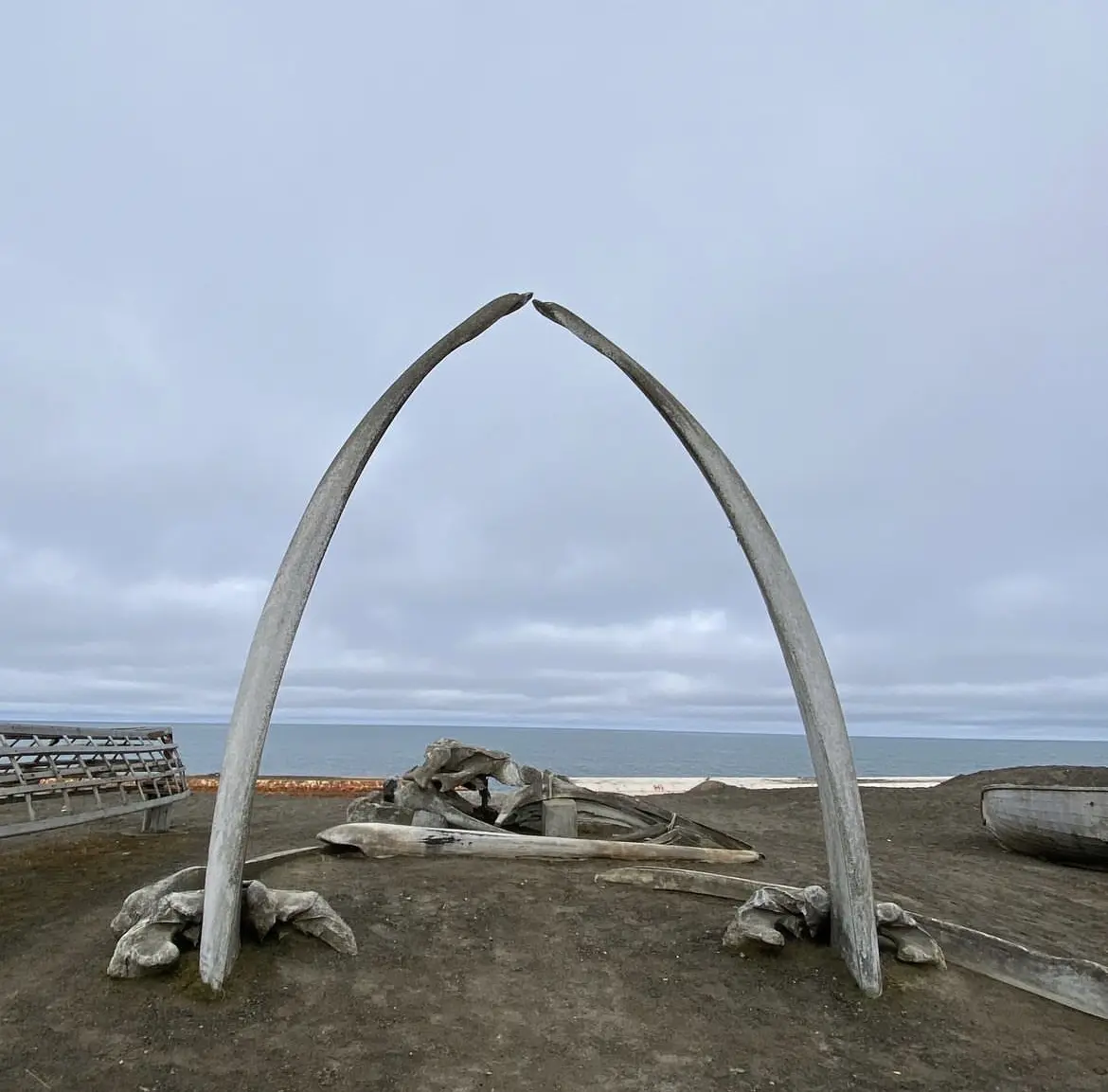
4. Harbin, China
Location and Climate
Harbin, known as the ‘Ice City,’ is situated in Northeast China. It experiences harsh winters with temperatures that can drop to -25°C (-13°F). Harbin’s winter is characterized by its dryness and snow, making it a unique destination in Asia.
City Life
In Harbin, the cold is a part of everyday life. The city has adapted with heated homes and public transport, ensuring comfort despite the freezing outdoors. The residents embrace the cold, with winter swimming in the frozen Songhua River being a popular activity.
Festivals and Events
The Harbin International Ice and Snow Sculpture Festival is the city’s crowning glory. Artists and sculptors from around the world create massive, intricate ice sculptures that are illuminated at night, creating a surreal, frozen wonderland that attracts thousands of tourists annually.
5. Yellowknife, Canada
Location and Climate
Yellowknife, located on the northern shore of Great Slave Lake in Canada, faces subarctic climate conditions. Winter temperatures average around -26°C (-15°F), but the city is known for its clear skies, making it an ideal location for aurora viewing.
Living in Extreme Cold
The people of Yellowknife have a unique relationship with the cold. The city has developed a vibrant culture around its chilly climate, with activities like snowmobiling, ice fishing, and dog sledding being popular among locals and visitors alike.
Aurora Viewing
Yellowknife is renowned for its spectacular views of the Northern Lights. The city offers numerous tours and stays where visitors can experience this natural phenomenon in its full glory, making it a prime destination for winter tourism.
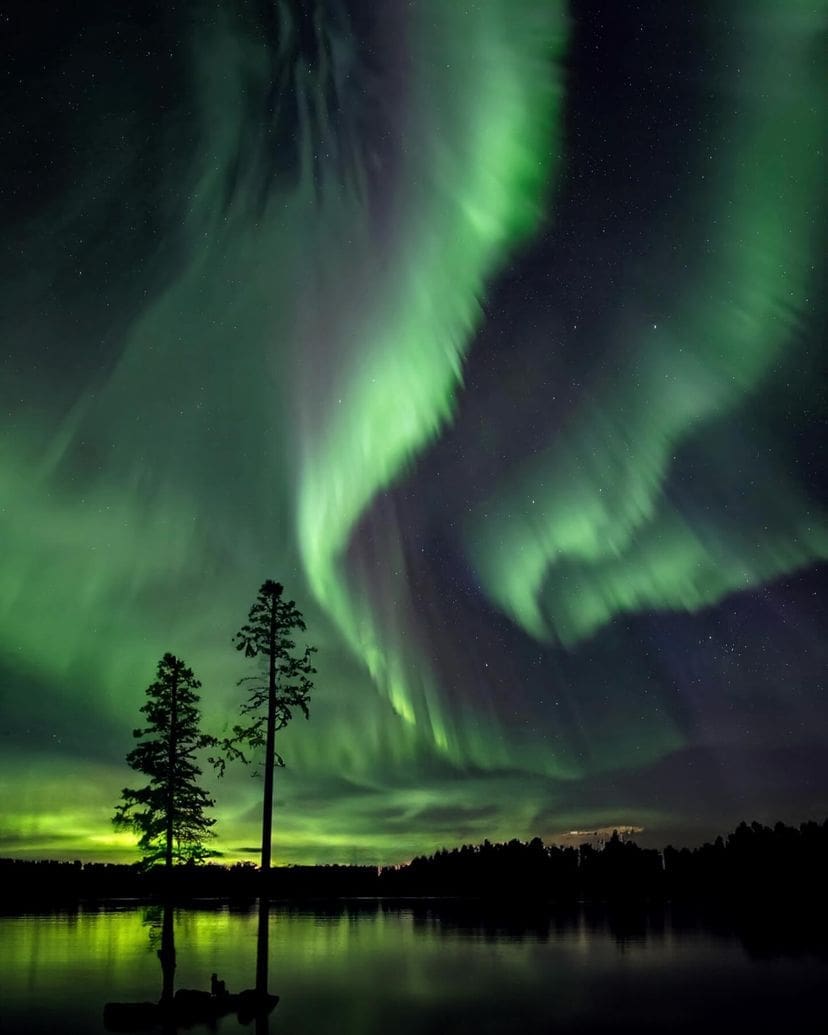
6. Ulaanbaatar, Mongolia
Location and Climate
Ulaanbaatar, the capital of Mongolia, holds the title for the coldest national capital in the world. Winters are long and bitterly cold, with average January temperatures around -25°C (-13°F), largely due to its high altitude and continental climate.
Urban Winter Lifestyle
Life in Ulaanbaatar during winter is a mix of modern and traditional. The city’s infrastructure is designed to cope with the cold, and the residents are known for their warm hospitality, often gathering in ger (traditional yurts) for social occasions.
Cultural Insights
Winter is a significant part of Mongolian culture. Traditional festivals, like Tsagaan Sar (Lunar New Year), see locals donning colorful deels (traditional clothing) and partaking in customary games and foods, celebrating their heritage and the endurance of their community.
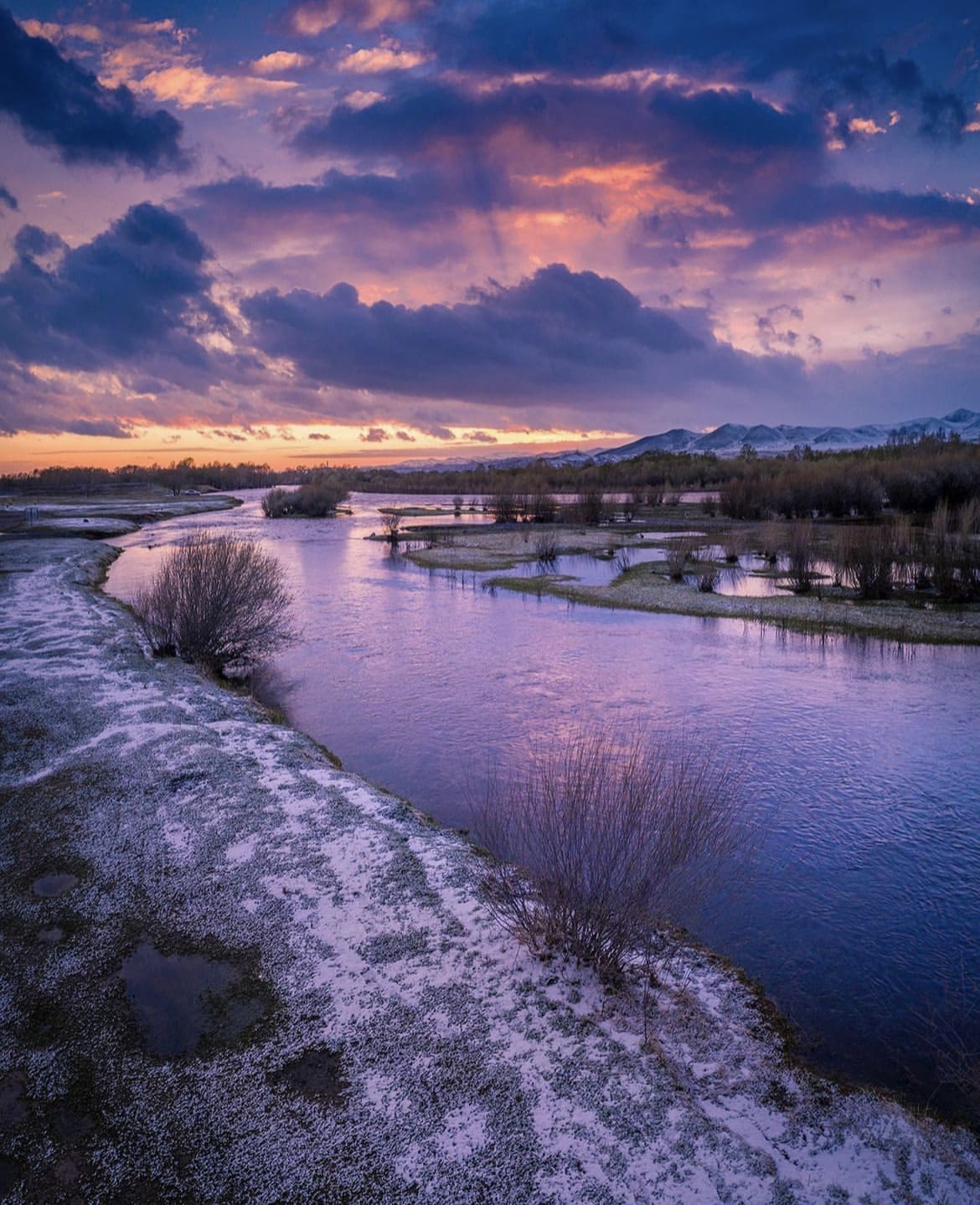
7. Oymyakon, Russia
Location and Climate
Oymyakon, a remote village
in the Russian Far East, is often cited as the coldest inhabited place on earth. Temperatures here can plummet to below -50°C (-58°F) during winter. Its subarctic climate is so extreme that it has earned the nickname “Pole of Cold.”
Surviving the Cold
Life in Oymyakon is a daily battle against the cold. The ground is permanently frozen, and the village remains in darkness for up to 21 hours a day during winter. Despite these conditions, the local Yakut people have adapted remarkably, with traditional diets rich in meat and fish providing necessary energy and warmth.
Tourist Perspective
Oymyakon may not be a typical tourist destination, but it attracts adventurers looking to experience life at the extremes. Visitors can witness firsthand how the local community thrives, participate in traditional ice fishing, and marvel at the stunning, stark landscape that defines this unique corner of the world.
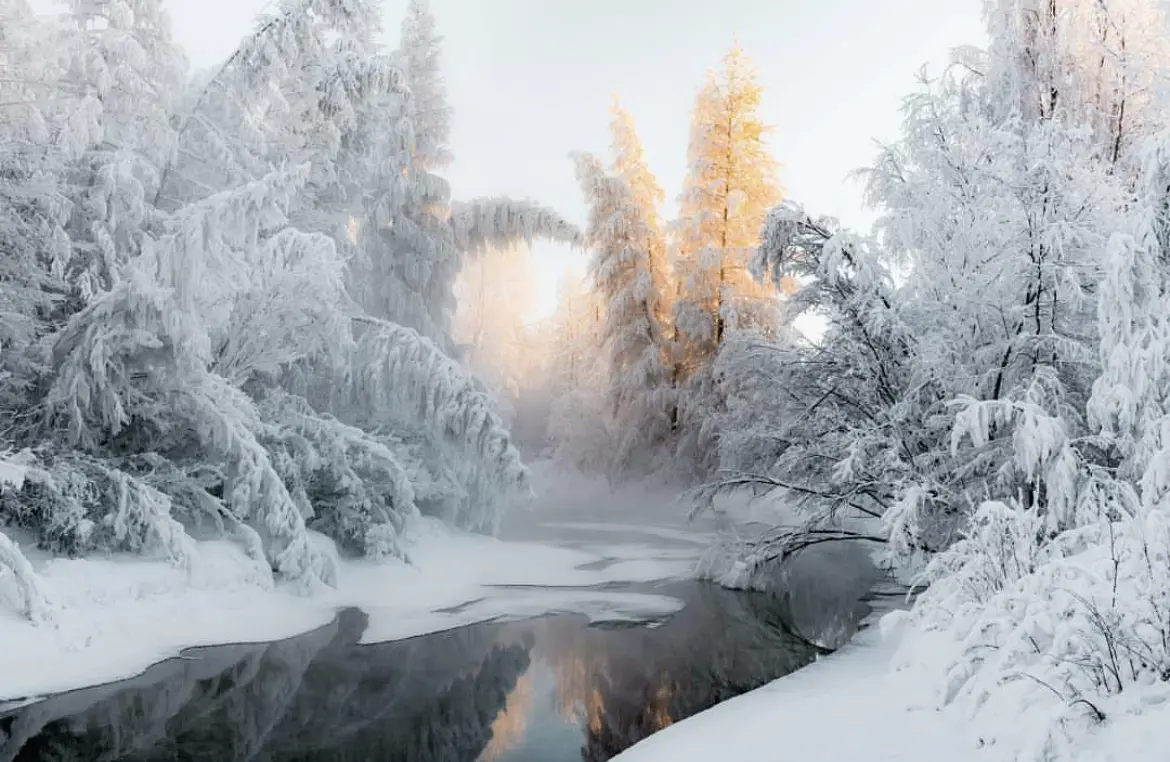
8. Fairbanks, Alaska, USA
Location and Climate
Fairbanks, located in the heart of Alaska, is known for its severe subarctic climate. Winters here are long and extremely cold, with temperatures often dropping below -30°C (-22°F). The city also experiences the “midnight sun” phenomenon in summer, providing a stark contrast to its dark, icy winters.
Alaskan Lifestyle
The lifestyle in Fairbanks is a blend of rugged outdoor activities and warm indoor gatherings. Residents often engage in winter sports like skiing and dog mushing. The city also boasts a strong artistic community, offering a range of cultural experiences from music to theater, all embraced within the context of its cold climate.
Winter Activities
Fairbanks is a hub for winter tourism, offering unique experiences such as ice sculpting competitions, viewing the Northern Lights, and soaking in hot springs while surrounded by snow-covered landscapes. The city perfectly encapsulates the beauty and challenge of living in one of the world’s subzero cities.
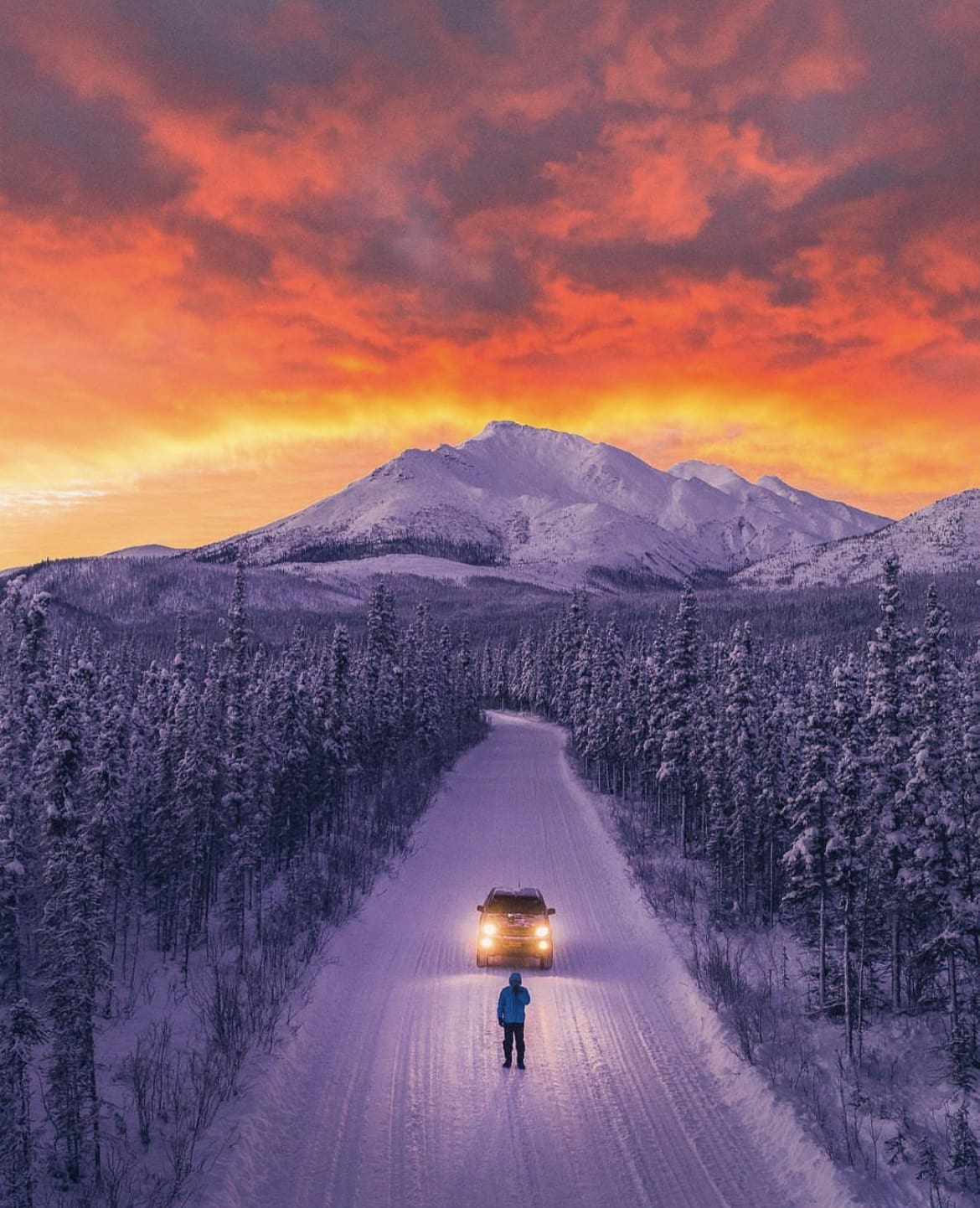
9. Churchill, Canada
Location and Climate
Churchill, located on the western shore of Hudson Bay in Manitoba, Canada, is known for its long, harsh winters. The town experiences a subarctic climate, with temperatures often falling to -25°C (-13°F) in winter.
Wildlife and Lifestyle
Churchill is famously known as the “Polar Bear Capital of the World.” The town’s residents coexist with an array of Arctic wildlife, including polar bears, which can often be spotted roaming the outskirts of the town. This unique interaction shapes life in Churchill, where safety and respect for wildlife are paramount.
Arctic Adventures
Tourism in Churchill revolves around its unique wildlife and landscape. Visitors can go on guided polar bear tours, experience beluga whale watching in summer, and enjoy the magnificent aurora borealis in winter. The town’s remote location offers a true escape into the wild, providing a one-of-a-kind Arctic experience.
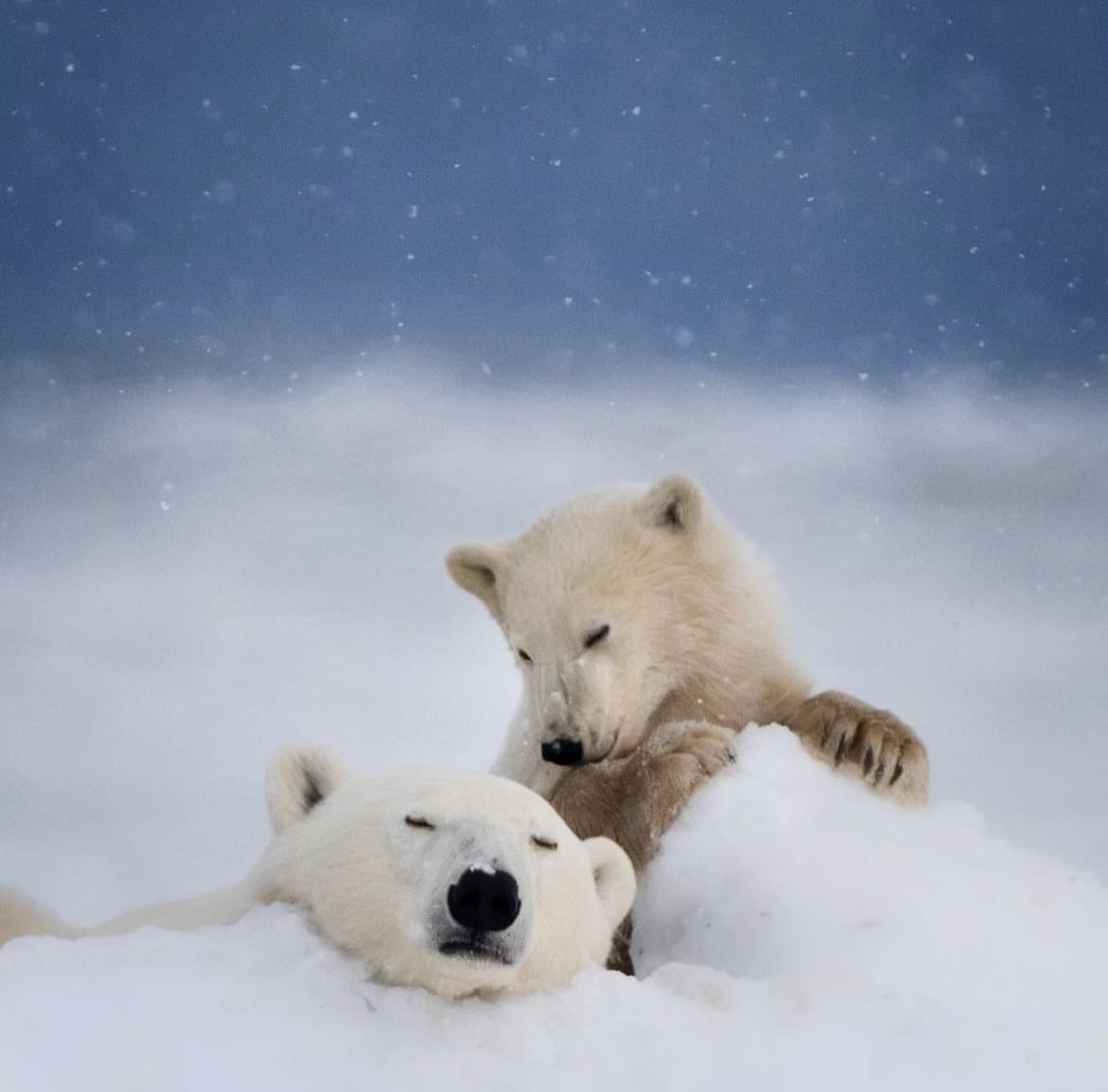
10. Reykjavik, Iceland
Location and Climate
Reykjavik, the capital of Iceland, experiences a subpolar oceanic climate. The city’s winters are milder compared to other cities on this list, with temperatures hovering around -1°C (30°F), but it’s still considered one of the world’s coldest capitals due to its northern latitude.
Icelandic Urban Life
Reykjavik is a vibrant city, combining its unique climate with a thriving cultural scene. The city is known for its lively nightlife, arts scene, and rich Norse history. Despite the cold, residents enjoy outdoor activities, including bathing in geothermal pools and exploring the stunning Icelandic landscape.
Natural Wonders
Iceland’s capital offers access to some of the country’s most extraordinary natural wonders. From the city, visitors can easily reach the famous Golden Circle, witness the beauty of the Northern Lights, and explore unique geological features like geysers, waterfalls, and volcanic landscapes.

Conclusion
From the icy streets of Norilsk to the northern lights of Reykjavik, the world’s coldest cities each tell a story of human resilience and adaptation. These cities, spread across different continents, not only challenge our understanding of liveable conditions but also offer a glimpse into the diverse ways communities can thrive under extreme weather conditions. They stand as a testament to the spirit of adventure and the enduring allure of the world’s iciest urban landscapes.
In exploring these ten extraordinary cities, we’ve seen how each blends the harsh realities of their climates with unique cultural identities, from festivals that light up the polar night to wildlife encounters that can’t be found anywhere else on Earth. Whether it’s the architectural marvels designed to withstand subzero temperatures or the simple warmth of community gatherings in the coldest of times, these cities offer a fascinating perspective on life at the edges of human habitation.
As our world continues to evolve and face new challenges, the stories of these cities become ever more relevant. They remind us of our capacity to adapt and find joy in even the most daunting conditions. So, whether you’re an avid traveler seeking your next adventure or a curious reader enchanted by tales of distant lands, the coldest cities on Earth offer an intriguing, frost-laden journey into the heart of human endurance and the beauty of our planet’s most extreme places.
